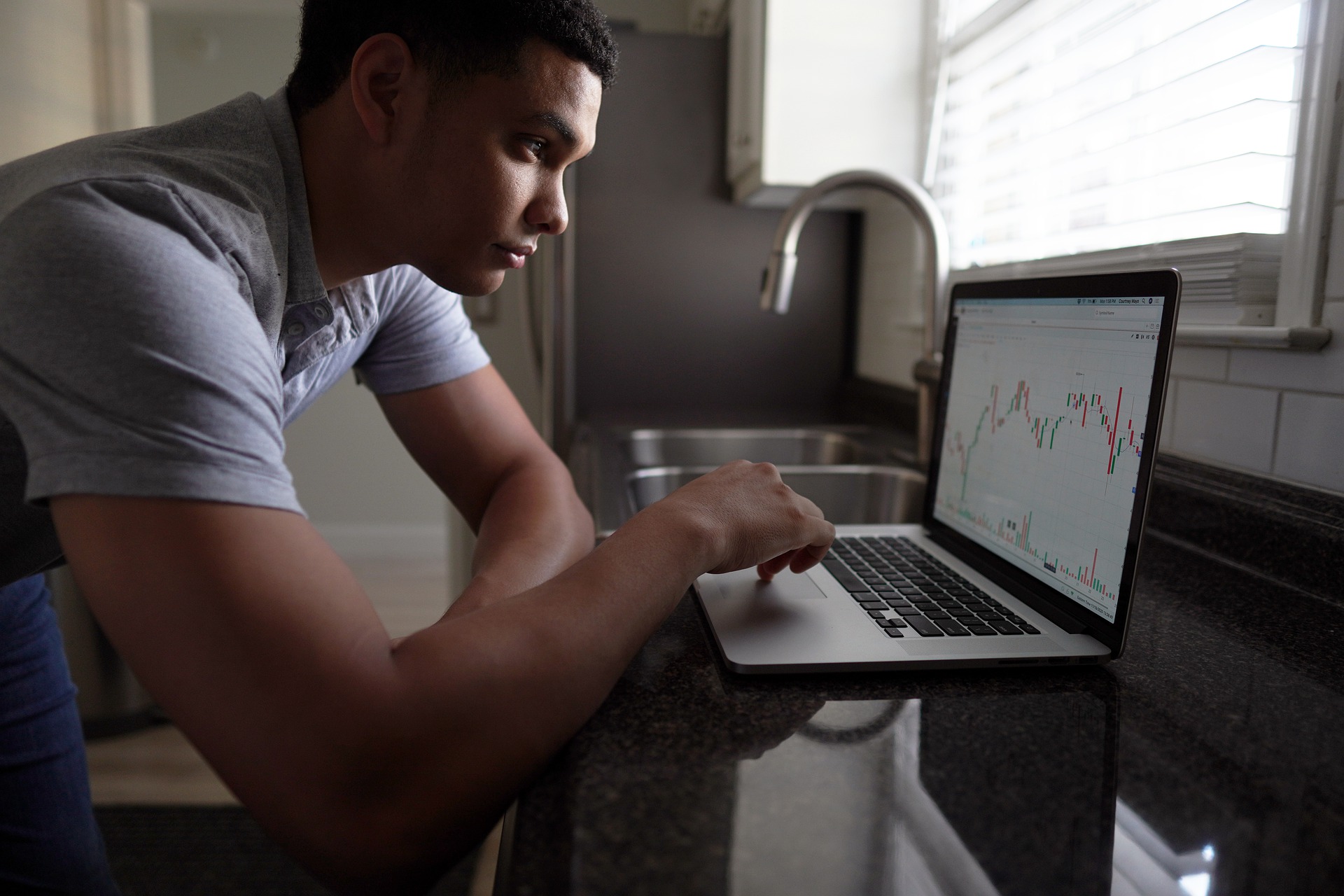Forex Fundamentals for Asian traders
Table of Contents
The foreign exchange market is the biggest globally growing market, with over USD 1.9 trillion worth of daily trades; it has something to offer everyone – from traders just getting started to professional investors managing billion-dollar portfolios.
As a result, this enormous and diverse community has created a shared language that helps them communicate and understand what others are saying. But for those who are new to Forex trading online, some terms can be challenging to grasp at first glance.
Let’s explore five key Forex fundamentals:
Bid/Ask Spread
The difference between the cost at which an asset (currency) can be bought and sold at any given time is known as the bid-ask spread, or “spread”. Generally speaking, the tighter the difference between these two prices, called a “narrower” spread, the more liquid the market for that asset is thought to be.
Bid/ask spreads are one of the most critical components to consider when trading Forex because they will impact your potential to turn a profit and how much you pay or receive every time you buy or sell an asset.
Take Profit / Stop Loss
Forex brokers can offer incredibly tight spreads because their businesses are built on minor differences between prices- they make money by buying at one price and selling it moments later at something marginally higher. To protect against losses, traders have access to take profit and stop-loss orders that can automatically close out positions that move beyond certain levels rather than being manually closed by the trader after an extended period.
The most common take profit and stop-loss order combination is a “limit” order which sets a specific price at which a position might be closed.
Hedging
The term “hedge” is used in many contexts and can be highly confusing for new traders who believe this ordering strategy will protect them from losses. In finance, a hedge is simply protection against potential losses by setting up an equivalent second position with different terms- so ” hedging your bets ” means making sure you’re not taking on too much risk by holding multiple positions simultaneously.
Leverage
One of the most vital factors for new traders to understand is that Forex brokers use an aspect known as “leverage” when opening positions on behalf of clients. Simply put, leverage represents potential financial gain and risk, so it’s essential not to take on more than you can afford to lose. Forex brokers can offer incredibly high leverage ratios because the increased liquidity in the Forex market allows them to move much more significant sums of capital into and out of positions than would be possible with any other asset class. The average leverage ratio provided by retail brokers is anywhere from 1:50 to 1:200 for significant currency pairs, which means that you can control a position worth $25,000 with only $100-$500. However, it’s important to remember that your margin requirement will increase when volatility rises. If EUR/USD rallies 20 pips, you’ll need an extra 8% or roughly $20 in equity- so don’t forget this during periods of heightened activity!
Currency Pairs
Although many others are available, the most traded currency pairs are those between the majors, including exotic pairs such as Turkish Lira/Japanese Yen and Norwegian Krone/Swedish Krona. In addition to classic crosses, retail brokers usually offer access to trade price action in popular exotics such as New Zealand Dollar/Australian Dollar, Polish Zlotych/Czech Koruna and Swiss Franc/British Pound.
After deciding on an appropriate leverage ratio, the next step for new traders is deciding which type of pair they want to focus on. This decision should be based entirely on personal preference because research has found no significant difference between the average performance of primary and exotic currency pairs over time.










